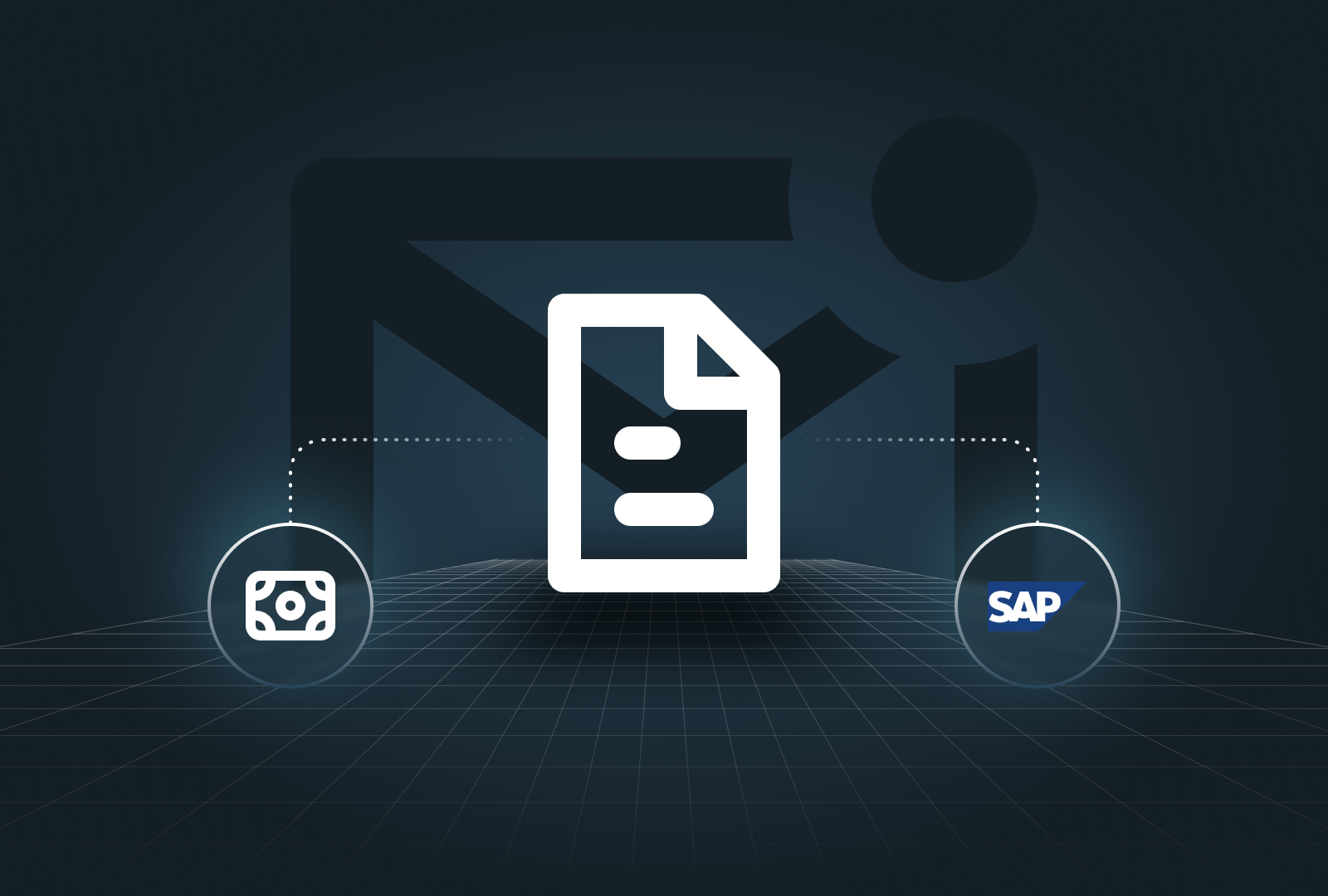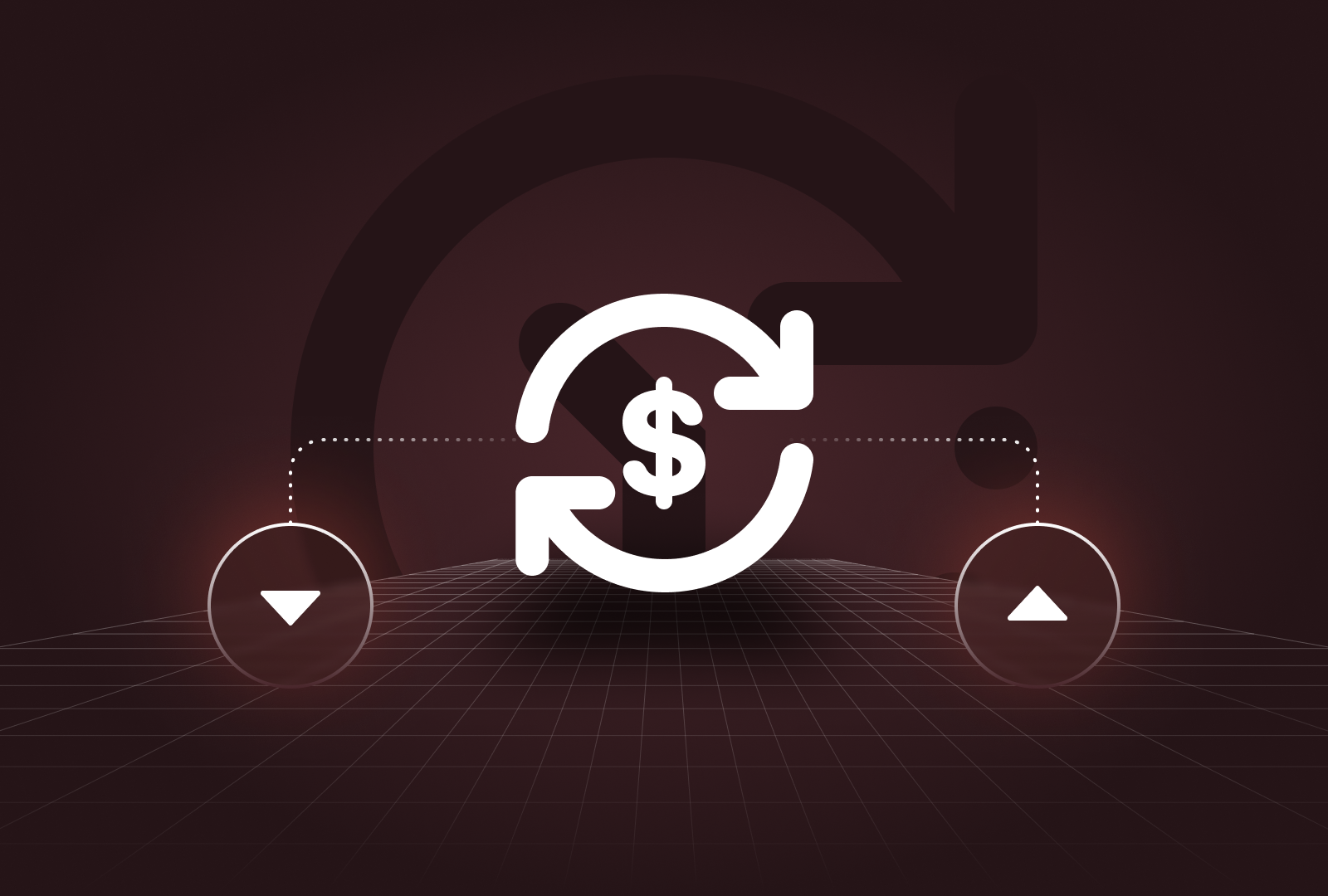In the digital age, efficient accounts payable (AP) invoice processing can no longer be ignored. Recent studies by IDC reveal that 52% of companies still rely on manual AP processes, leading to an average processing cost of $12 to $15 per invoice. By implementing AP automation software, businesses can reduce these costs by up to 80%, cutting the average expense to around $3 per invoice and improving invoice approval times by 50%. Let's explore how AP automation can streamline your payable processes, enhance cash flow management, and drive significant savings.
Accounts payable invoice processing: best practices and automation
Introduction to Accounts Payable automation
Automation in accounts payable is about using technology to manage the entire invoice process—from receipt to payment—with minimal manual intervention. Today, AP automation software enhances speed, accuracy, and data transparency, allowing companies to focus on more strategic activities while reducing costs.
What is Accounts Payable automation?
Accounts payable automation is the process of digitizing tasks within the AP department, including invoice data entry, approval, and payment. By automating these steps, a business eliminates manual entry, reduces errors, and minimizes the risk of fraud. That creates a streamlined and efficient process for managing payable invoices.
Why automating AP is necessary for modern businesses
In today’s competitive landscape, AP automation is a must for businesses aiming to improve their cash flow management and operational efficiency. Studies show that automated invoice processing can reduce costs per invoice by up to 82%, allowing companies to reallocate resources toward growth initiatives and improve their bottom line.
The benefits of automating Accounts Payable invoice processing
Automating AP processes delivers a variety of benefits, from cost savings to improved compliance and vendor relationships.
Faster invoice approvals and payments
With AP automation, invoices move quickly through the approval process, ensuring faster payments. This not only keeps cash flow healthy but also allows companies to take advantage of early payment discounts, improving overall financial management.
Reduced errors and fraud prevention
Manual data entry often results in costly errors. Automated data capture through OCR (Optical Character Recognition) technology reduces errors, enhances data accuracy, and prevents fraud by maintaining strict audit trails for every transaction.
Enhanced cash flow management
Automated AP systems provide real-time data on outstanding invoices and payments, enabling companies to better manage their cash flow. With immediate insights into payment schedules and vendor status, businesses can plan financials effectively and avoid late payments.
Improved compliance and audit trails
Automating AP ensures that every invoice and payment is tracked and recorded, making audits more straightforward. Automated systems also help companies meet compliance standards, with a secure, digital record of every transaction that reduces the risk of errors.
Key features of Accounts Payable automation solutions
An effective AP automation solution includes features that streamline the entire invoice lifecycle, from capture to payment.
Automated data capture and validation
AP automation software uses OCR technology to extract and validate data from invoices, eliminating the need for manual entry. This feature ensures that all invoice data is accurate and immediately available for processing, speeding up approval times.
Streamlined AP workflow process
By standardizing the workflow for invoice processing, AP automation solutions create a consistent and efficient approach to handling accounts payable. This reduces bottlenecks and keeps payment cycles on track.
Real-time invoice tracking and reporting
With real-time tracking capabilities, businesses can monitor the status of every invoice. This level of visibility allows finance teams to generate reports on unpaid, pending, and approved invoices, enhancing cash flow management and budgeting.
Integration with financial systems
An ideal AP automation solution integrates seamlessly with ERP and financial systems. This integration ensures that invoice data flows smoothly across platforms, reducing manual data entry and ensuring data consistency.
Vendor self-service portals
Automation platforms often include vendor portals that allow suppliers to check payment status, submit invoices, and update information. This reduces the AP team’s workload and builds stronger vendor relationships by providing transparency and convenience for suppliers.
Best practices for optimizing AP invoice processing
Optimizing AP processes with automation is key, but following best practices ensures maximum efficiency.
Implementing a centralized AP workflow
A centralized AP workflow consolidates all invoices into one system, creating a single source of truth. This improves coordination across departments and simplifies audit preparation by keeping all data in one place.
Leveraging early payment discounts
Taking advantage of early payment discounts not only improves relationships with vendors but also creates savings opportunities. Many suppliers offer discounts for early payments—typically between 1% and 2% if paid within 10 days—allowing companies to reduce expenses while managing cash flow.
Maintaining strong vendor relationships
By automating payments and keeping transactions transparent, companies build trust with their suppliers. Strong vendor relationships lead to better terms and potentially reduced costs, supporting long-term business goals.
Regular monitoring and performance audits
To ensure that the accounts payable system remains efficient, companies should perform regular performance audits. This helps identify bottlenecks and inefficiencies, allowing teams to make continuous improvements to the AP workflow.
Overcoming common challenges in AP automation
Despite the advantages, implementing AP automation can present challenges that require proactive solutions.
Resistance to change from AP staff
Introducing new technology often faces internal resistance. Change management is important for a smooth transition; providing training, highlighting benefits, and offering ongoing support can help staff embrace the new system.
Integration issues with legacy systems
Many companies still rely on legacy accounting systems that may not integrate seamlessly with modern AP automation software. Choosing solutions with robust integration capabilities or updating systems can resolve compatibility issues and streamline workflows.
Ensuring data security and privacy
Handling sensitive financial data requires strict security measures. Choosing an AP automation solution that meets data security standards, including encryption and access controls, ensures the protection of financial information and maintains compliance.
How to choose the right AP automation solution
Selecting the right AP automation software is decisive for success. Here are key features to consider:
Key features to look for in AP invoice automation
The best AP automation solutions provide features such as automated data capture, real-time tracking, and customizable workflows that match your organization’s needs, ensuring efficient invoice management.
Integration with existing accounting systems
The software should integrate seamlessly with existing financial systems to ensure a cohesive flow of data. This eliminates the need for duplicate data entry and enhances the efficiency of the accounts payable department.
Scalability for growing businesses
As your company expands, the chosen AP solution should be able to handle increased invoice volumes without sacrificing performance. Scalability is necessary for a business that expects growth in the coming years.
Conclusion
Automating accounts payable invoice processing enhances efficiency and sets up businesses for future growth. With faster approvals, reduced errors, and improved compliance, AP automation transforms accounts payable from a back-office task into a strategic asset. Payflows provides tailored solutions to help you automate AP, manage cash flow better, and save on costs, giving your company the tools needed for financial success in a digital-first world.
Automating accounts payable is a strategic necessity for modern businesses. By streamlining your AP process with Payflows, you can reduce costs, improve cash flow, and strengthen vendor relationships. The benefits are clear: faster approvals, fewer errors, and a centralized system that enhances transparency and compliance. Ready to transform your accounts payable process? Discover how Payflows can help you cut costs and improve efficiency today. Get in touch with our team and start your journey toward seamless AP automation.






.png)




.png)



